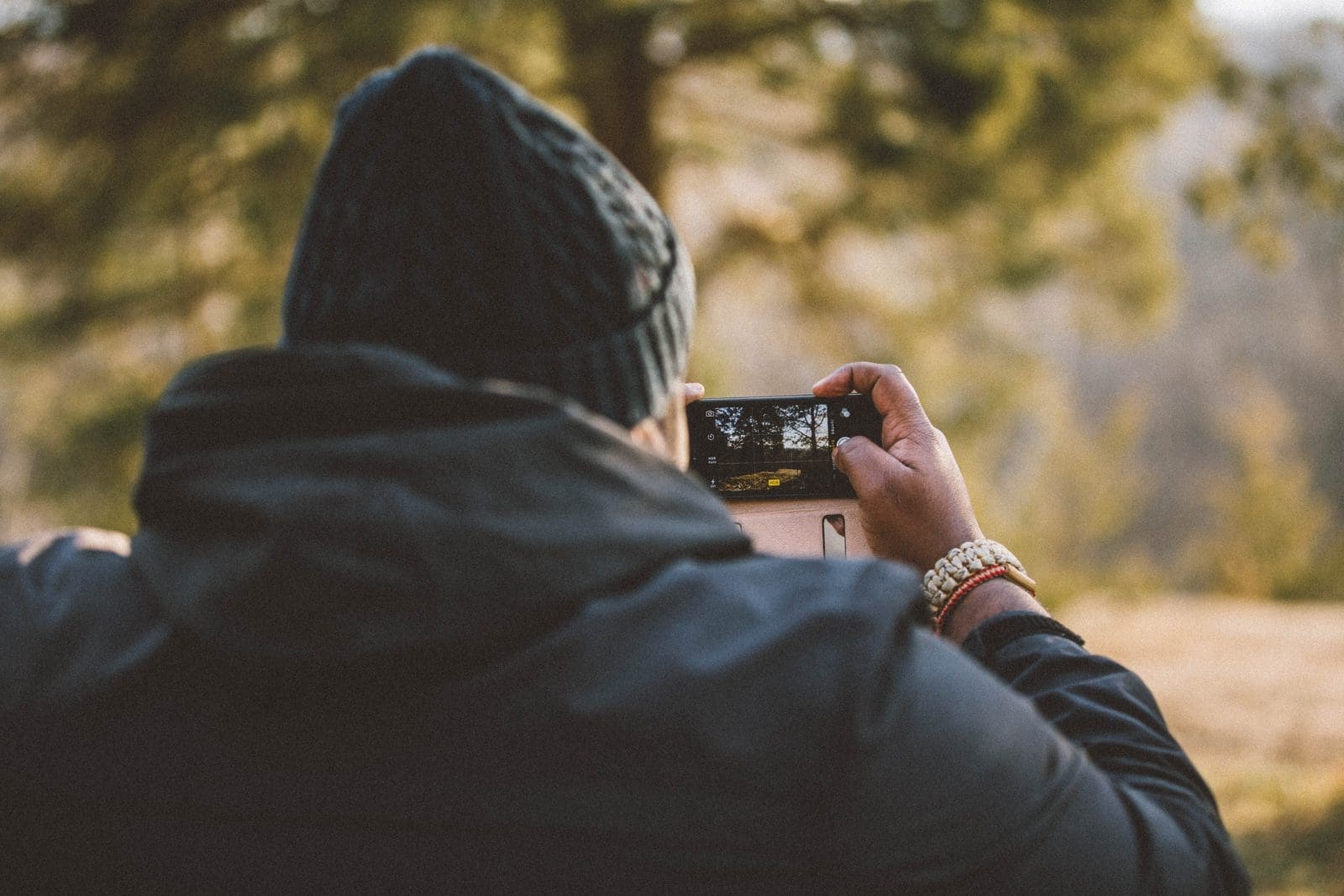
Mobile phones have evolved highly since having simple low-resolution cameras that only took embarrassing photos suitable for MSN-using teenagers. Nowadays, people turn to their phones to capture memories, promote businesses through media and show off high-megapixel camera quality. This article will explain how to perfect your pictures with the palm of your hand!
Clean your camera lens regularly
Many people have phones with brilliant cameras, though forget that fingerprints and humidity, or even just lint-filled pockets can reduce the quality of your pictures simply by mucking the lens. Use a microfiber cloth to avoid causing damage when cleaning your lens and don’t use too much moisture on it either.
Gridlines can help you increase the accuracy of photos
Have you ever seen a picture that just seems perfectly angled? Gridlines can help you achieve that very professional look, by helping you take your photographs straighter than you would with your naked eye. Follow the rule of thirds to place the horizon in either the top or bottom third of your pictures to create a satisfying sense of balance.
Upgrading your camera app
Don’t feel restricted to only using your phone’s in-built camera. This will likely be very useful and high-quality, though other apps will enhance how professional your photos turn out. They incorporate effects such as grid squares and anti-blur technology to give you the ability to edit your photos in a more advanced manner.
Opt for landscape over portrait

A lot of people find that this is a better method to capture photos as more can be fit into the picture. This makes it perfect for larger groups of people as well as stunning nature and view pictures. Taking photos with a landscape orientation means they will work better when you are trying to display them on other computers such as your television or laptop.
Utilize natural light
Smartphone flash equates to shining an overly bright and slow-moving LED light at what you’re trying to capture. This leads to photos looking watered down and can make beautiful scenes seem ruined. Use natural light when taking pictures with your phone to master how you use light to perfect your captures. Change your position or utilize windows and more open spaces to get the lightest exposure. Avoid coloured lamps; when using artificial light, white light creates the best source as it doesn’t cast any coloured tones on your pictures.
Avoid zooming in
Simply getting closer to the subject of your pictures will suffice in making them more prominent. You don’t need to use the zoom function on your camera. Though it is built into your phone and may seem tempting, it downplays the quality of your captures as it doesn’t actually zoom in, but lowers resolution to increase size. If you want to remove some background from your pictures, crop it out later.
Always use the highest resolution
Higher resolution means better-looking pictures. This is true for both the resolution of the camera itself and the resolution of the screen you are looking at photos or videos on. The rear-facing camera on your phone will be a higher resolution than the front-facing one, so save your front camera strictly for selfies!
Higher-resolution pictures also take more storage space, so find an alternative space to store them. This could be an SD (or micro SD) card or photo-sharing app, for example.
Maximizing angles
This helps you paint a picture with all the different elements in your photos, literally. Aside from using gridlines and the rule of thirds, use a bit of camera sense to pick a great angle to capture from. Try to either capture from upwards or downwards instead of straight on. This will give your photos a different edge than other similar pictures you will find on photo-sharing apps. Pay close attention to what’s surrounding the main subject of the picture as this will pull attention in its direction.
Use the various tools on your phone to help
Tools such as using the volume buttons on your phone or on your headphones take away the burden of having to access the capture button of your phone’s camera. This is called a remote shutter release and will take a shaper shot than simply taking the photo with the camera button. Use a tripod for an even steadier photo. Avoid external camera lenses that will most likely make your photos blurrier. Your phone has a great camera – get to grips with it!
About the Author: Ellie Coverdale, a travel and lifestyle writer at Australianhelp.com and Oxessays.com, shares her love of nature and the outdoors with her readers. She’s a keen environmentalist and volunteers her time for a lot of worthy nature causes and ocean cleanups. She also writes teaching articles on Eliteassignmenthelp.com.

LOL!!!